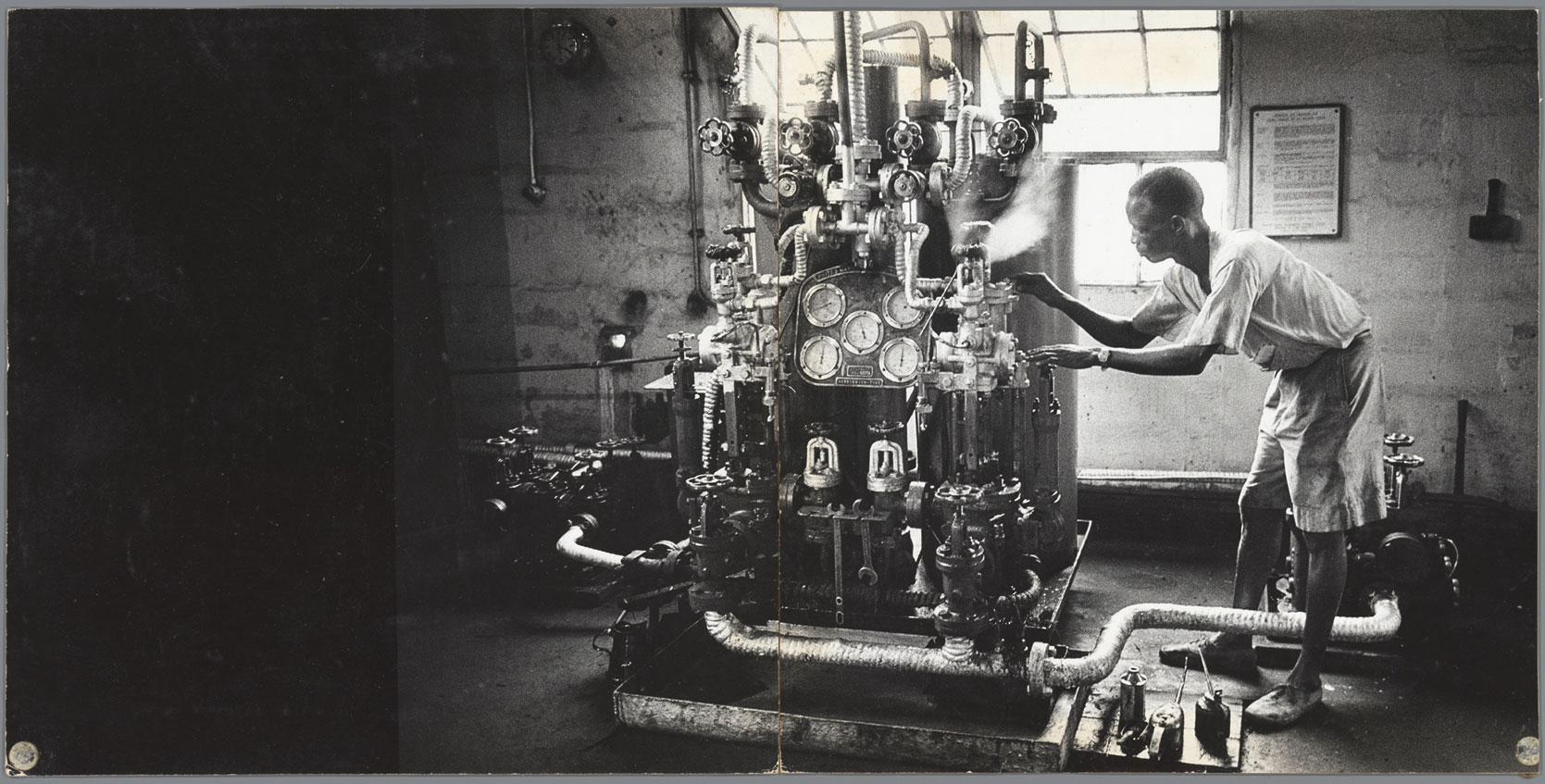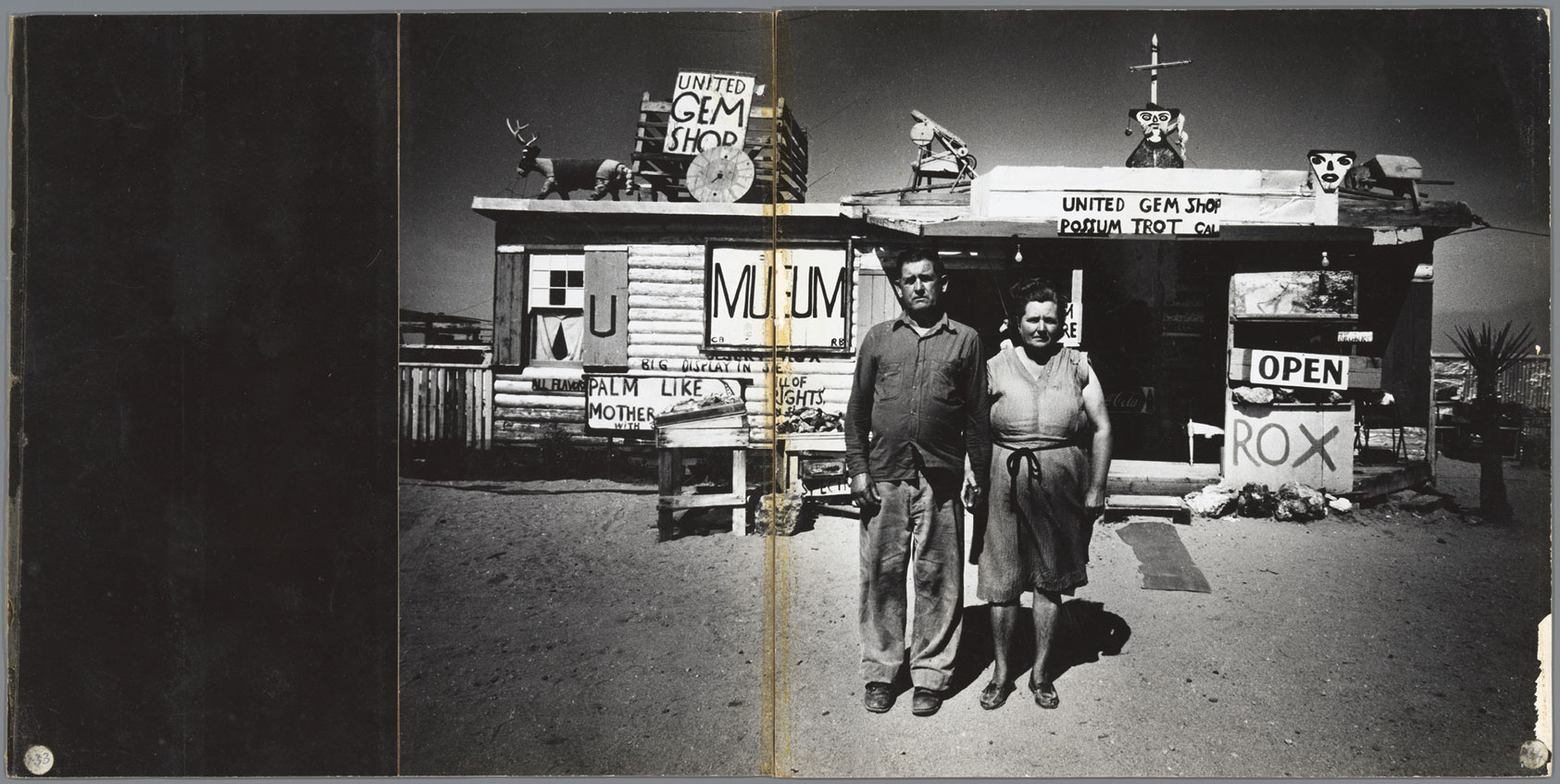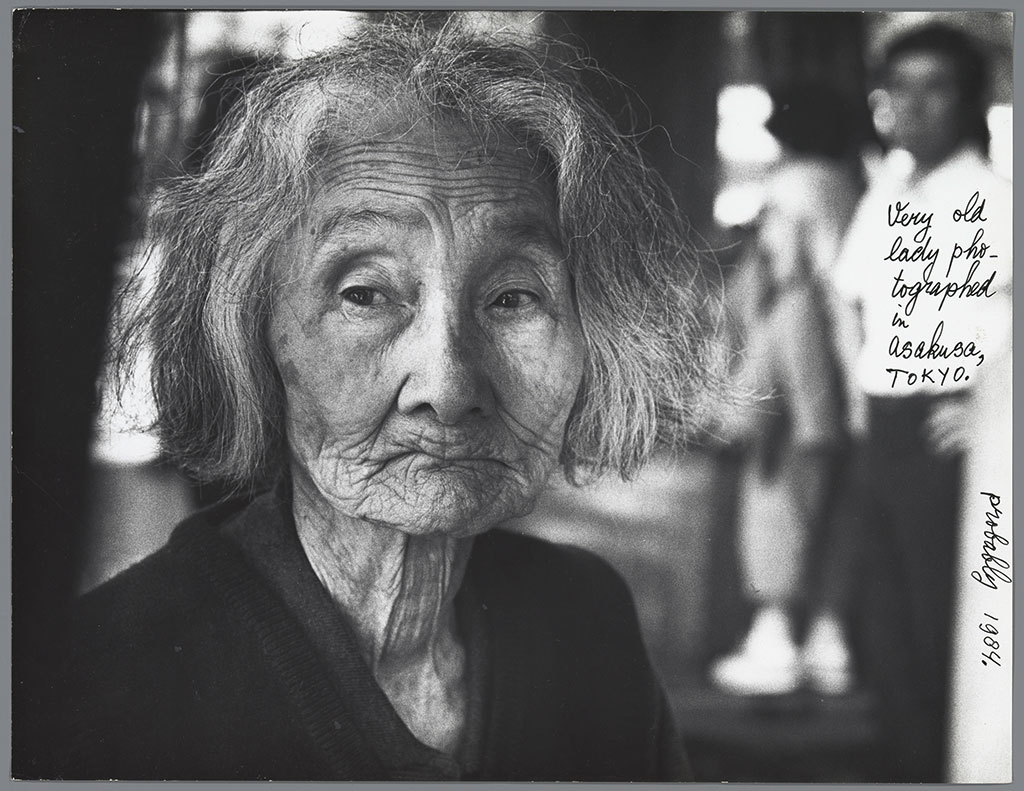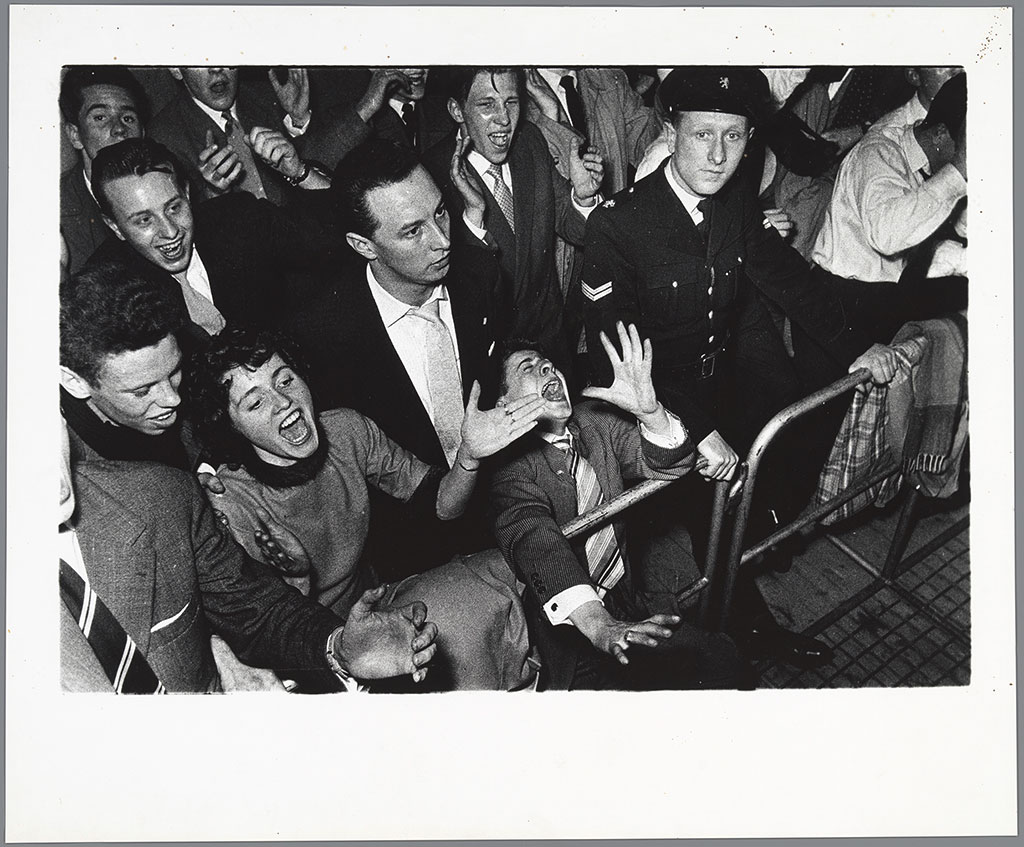PHOTO:Ed van der Elsken-Crazy World
 Ed van der Elsken photographed all over the world. With his characteristically direct and disarming manner he was the epitome of the people’s photographer, and his oeuvre is extraordinarily rich and multifaceted. His directness opened the door to capturing the essence of his subjects’ humanity, and he used his uniquely raw and personal style to show that photography is about so much more than snapshots; his work is a manifestation of a personal vision.
Ed van der Elsken photographed all over the world. With his characteristically direct and disarming manner he was the epitome of the people’s photographer, and his oeuvre is extraordinarily rich and multifaceted. His directness opened the door to capturing the essence of his subjects’ humanity, and he used his uniquely raw and personal style to show that photography is about so much more than snapshots; his work is a manifestation of a personal vision.
By Dimitris Lempesis
Photo: Rijksmuseum Archive
In June 2020 the Rijksmuseum and the Nederlands Fotomuseum announced the agreement that the two museums would co-acquire the artistic estate of Ed van der Elsken. The recent acquisition of Ed van der Elsken’s artistic estate has provided the ideal opportunity to shed light on the working practice of the Dutch photographer. The exhibition “Crazy World” displays more than a hundred objects, including photographs, photobook designs and contact sheets and invites the viewer to look over the shoulder of the artist at work. Photographers generally take more pictures than they publish or exhibit, and that was certainly true in the case of Ed van der Elsken. A large quantity of his works, both famous and previously unknown, were archived at his home in the Dutch city of Edam. They include photographs, mock-up photobooks, annotated contact sheets, and designs for book covers. Many of these objects demonstrate that Van der Elsken’s photographs were often the outcome of choices and experimentation. And it was these images from the personal archive – demonstrating the doubts, thought process and reflections involved in the taking and printing of the photographs – that were selected for this exhibition. Examples include series of prints of the same shot, each with a unique combination of format, cropping and contrast, producing sometimes very different final results. Ed van der Elsken’s passion for experimentation is apparent throughout the exhibition. While his approach to cropping and printing was ‘playful’, he was also a very good designer, and he was closely involved in the design of several of his own photobooks. He tried out a variety of titles, sequences, sizes and combinations of photos as he worked on his 1966 magnum opus “Sweet Life” in the period from about 1960 to 1966. The exhibition includes a selection from his design mock-up for “Sweet Life”, his 1966 masterpiece. The Rijksmuseum and the Nederlands Fotomuseum have discovered many surprises and forgotten photographs was a design for a photo book titled “Feest” (feast), which Van der Elsken made in the 1950-1960 period. For unknown reasons, it was never published. Ed van der Elsken compiled in roughly the same period that he was working on his magnum opus “Sweet Life”. In the case of “Feest” he drew extensively on early and recent photographs from his archive. As well as showing people in the party mood, with all the joy and pleasure that entails, there’s also the post-party sweat and tears. feest includes a number of never before seen photographs, including one of HM Queen Elizabeth II and her husband Prince Philip, the Duke of Edinburgh, in the Ridderzaal in The Hague, together with Queen Juliana and Prince Bernhard of the Netherlands on a state visit in 1958. Additional images being published for the first time include photographs Ed van der Elsken took at the end of the 1950’s and beginning of the 1960’s in Amsterdam, at events such as the notorious book ball at the Concertgebouw building and the birthday party of Belgian author Hugo Claus. The core of the book is formed by a group of 134 photographs, the earliest of which are from around 1950, shortly after Van der Elsken’s career got underway. The last photographs are from 1960. Precisely when Van der Elsken embarked on the design of the book, how long he worked on it, and what stage it had reached when he stopped, is unknown. The self-made cover with title, along with the selection of photographs, and the note about its length, suggests it was approaching completion. It is unclear why Van der Elsken never took it further than the unfinished design.
Info: Rijksmuseum, Museumstraat 1, Amsterdam, Duration: 30/10/2020-10/1/2021, Days & Hours: Daily 9:00-17:00, www.rijksmuseum.nl




Right: Ed van der Elsken, Portrait of Karel Appel, 1958-1963, Scratched gelatin silver print, Collection Rijksmuseum-Amsterdam, © Ed van der Elsken

